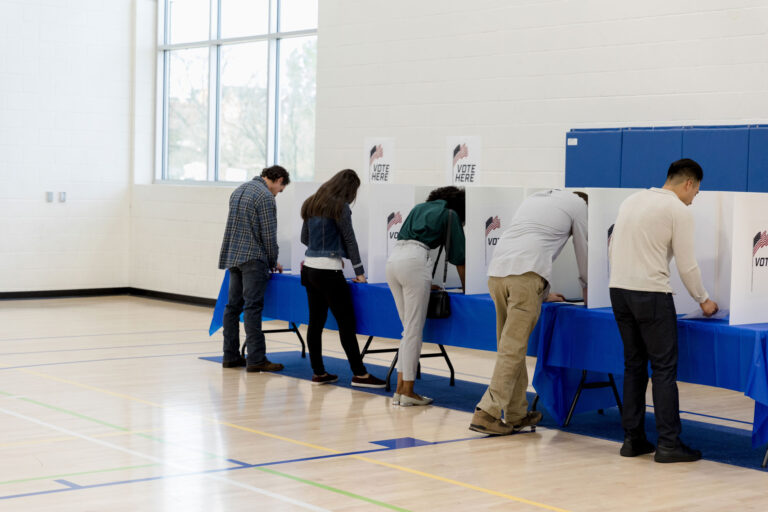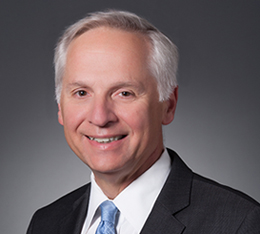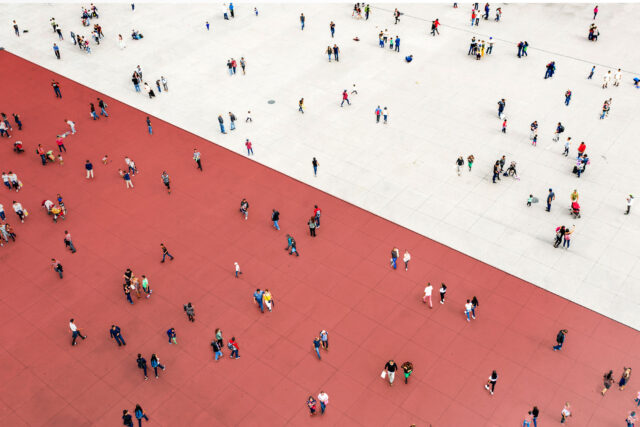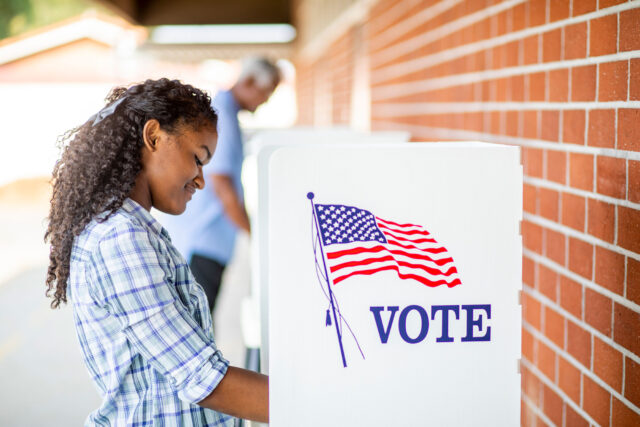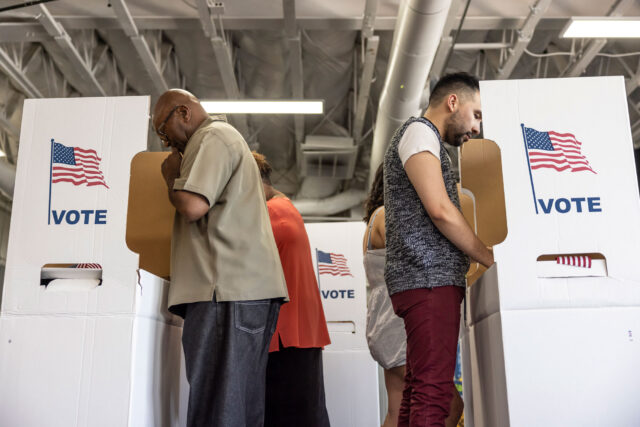With the release of the official Statement of the Vote, the final tally is in for the 2022 California primary. The latest election results offer several insights into the state of our state’s democracy. My colleague Eric McGhee has provided an in-depth analysis of the top two primary system and redistricting in the June election. Here are a few takeaways that set the context for the November general election:
Political participation. Voter turnout was remarkably good for a California primary with little drama in the top-of-the-ticket statewide races. One third of the almost 22 million registered voters cast ballots, mostly by mail, in the June primary. Notably, these 7,285,230 votes are a new high for a California gubernatorial primary—slightly above the 7,141,947 votes cast in June 2018. Still, the turnout was well below the 12,892,578 who cast ballots in last fall’s gubernatorial recall election.
After the September recall, a new state law (AB 37) was enacted that requires all counties to continue to mail every registered voter a ballot with a postage-paid return envelope. Based on the June primary, concerted efforts to make it easier to vote—spurred by the dismal turnout in 2014—seem to be working well. Still, these efforts are a work in progress and some attention to detail is needed where turnout was below average, including in Fresno, Los Angeles, Merced, Riverside, San Joaquin, and San Bernardino Counties. These are regions with competitive races that will help to determine the party in control of the US House.
Status quo choices. This was not a “change” election despite deep concerns about the economy, inflation, and the direction of the country raised by California likely voters in the May PPIC Survey. The eight incumbents running for nine statewide offices each won their respective races by large margins. Majorities of voters supported the reelection of Governor Gavin Newsom (56%), Lieutenant Governor Eleni Kounalakis (53%), and State Treasurer Fiona Ma (57%). Remarkably, three current officeholders who were appointed by Governor Newsom also had majority voter support: Secretary of State Shirley Weber (59%), US Senator Alex Padilla (54% full term, 55% part term), and Attorney General Rob Bonta (54%). Pluralities voted to reelect the Superintendent of Public Instruction Tony Thurmond (46%) and, by a narrower margin in the context of a serious intra-party challenger, the Insurance Commissioner Ricardo Lara (36%). The controller’s race had no incumbent, and the top vote getter at 37% was Republican Lonhee Chen, while 59% divided their support among four Democratic candidates. It is important to note that the incumbents are all Democrats and their party has a big registration advantage over Republicans (22.8 points). A Democrat has won every statewide race since 2006. It would be a major upset if any Republicans who made it through the primary went on to win this fall.
NPP shutout. The top-two winners in every statewide primary race is a Democrat or a Republican. The No Party Preference (NPP) candidates running for statewide offices vastly underperformed the NPP voter totals, which amount to 22.7% of the electorate and nearly 5 million voters. The primary outcomes for the 52 US House seats, 80 Assembly seats, and 20 State Senate seats tell a similar story. One NPP candidate made it through the top-two primary but, in this instance, only two candidates were on the ballot. PPIC surveys find that most California likely voters, and an overwhelming majority of NPP voters, say that the Republican and Democratic parties do “such a poor job that a third party is needed.” So, what accounts for the lack of NPP statewide candidates among the top-two vote getters? In these hyperpartisan times, most Democratic and Republican likely voters are siding with their party’s candidates rather than the NPP candidates. And PPIC surveys find that NPP likely voters lean toward one of the major parties (52% Democrat, 36% Republican) while 12% do not lean toward either party. The top-two primary that voters passed in 2010 (54%) opened the selection process to all voters, but this fall choices are limited to major party candidates and a few intra-major party races.
No state propositions. The fact that voter turnout was decent is even more impressive when accounting for the fact that there were no state propositions on the June primary ballot. Since 1960, there has been at least one state proposition on the primary ballot. A state law in 2011 (SB 202) required the citizens’ initiative propositions to be placed on the November ballot and, since then, there has been at least one legislative initiative proposition on the primary ballot. In contrast to this June, the fall ballot will have seven propositions, including a legislative constitutional amendment on abortion rights and a referendum to overturn a state law banning flavored tobacco. Some state propositions will attract significant voter interest through the media and ad campaigns, and their impact on turnout of voter subgroups is one of the political wildcards for close local races this fall.
“All Politics is local.” The recall of San Francisco’s district attorney may have been the biggest news story associated with the California June primary. The surprising outcome (55% yes) in the wake of the voters’ recall of three San Francisco Board of Education members in February is solid evidence that voter frustration with local issues should be taken seriously. PPIC surveys have surfaced concerns among likely voter about local crime, homelessness, wildfire threats, and public safety this past year. Local issues may have impacts on election outcomes such as the Los Angeles mayoral runoff and competitive US House races. Candidates this fall should heed the advice of former House Speak Tip O’Neil that “all politics is local.”
Many other issues could tip the balance in the fall, especially in close US House races. What will be the impact of the popularity of President Joe Biden and former President Donald Trump? Will policy preferences on abortion, guns, and the environment have outsize influence in light of current events? Or will the fall election mostly be perceived as a referendum on the US government’s handling of the economy and inflation this year?
The PPIC survey will track likely voters’ preferences on the governor, US senate, and US House races—and select state propositions that will have the biggest impact on the future of California. Importantly, we will also be closely monitoring Californians’ attitudes toward national, state, and local issues in our efforts to understand voting intentions and ballot choices. We look forward to informing discussions and raising awareness about a midterm election with significant implications for California and the nation.

